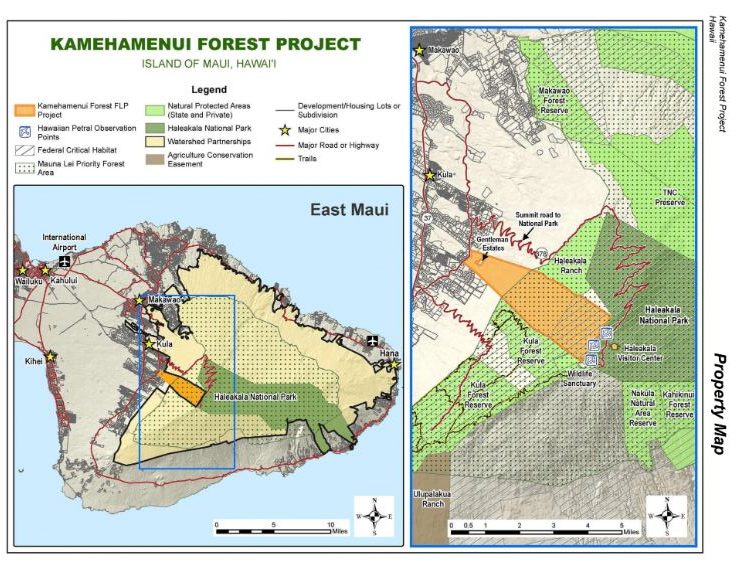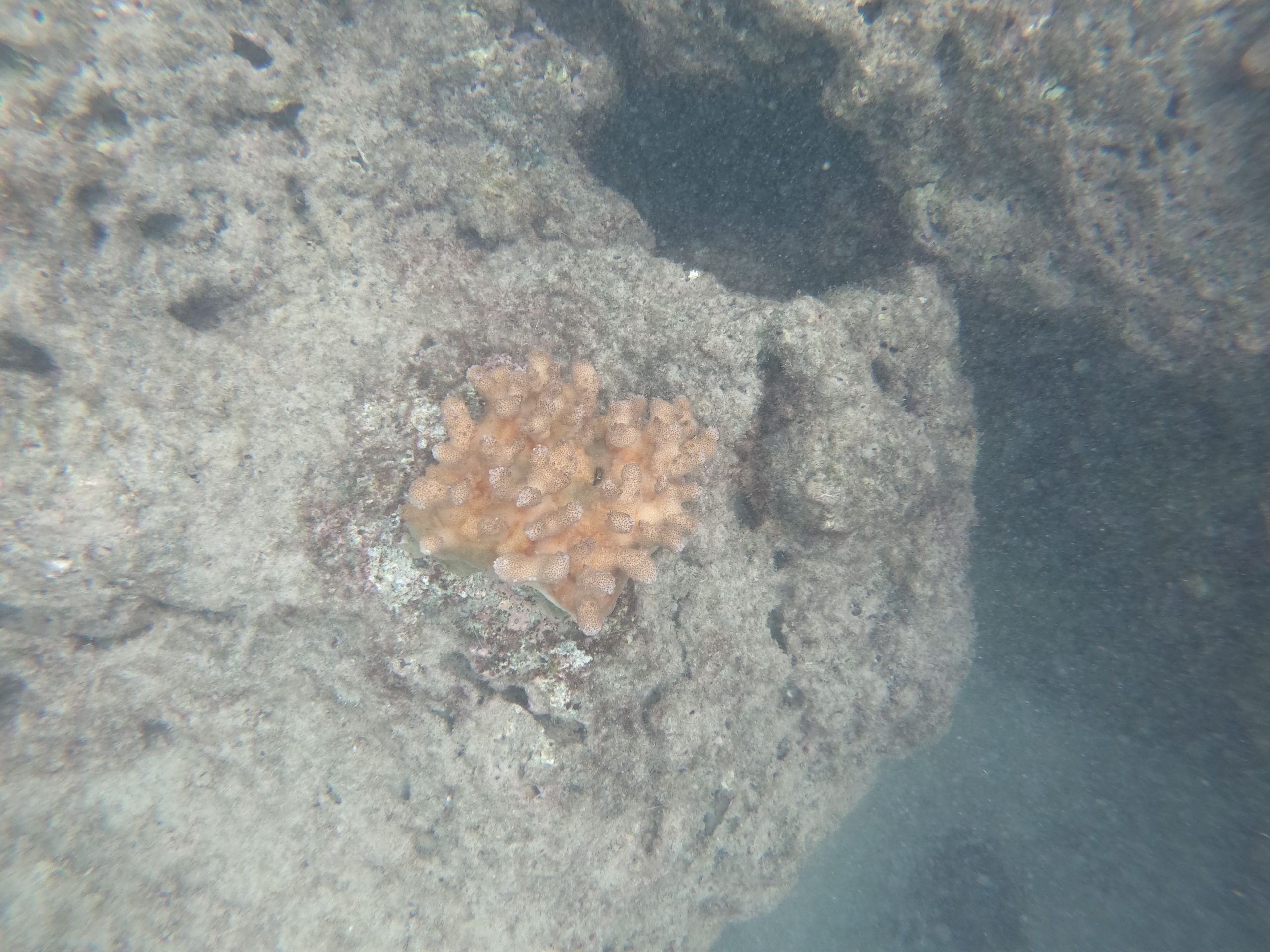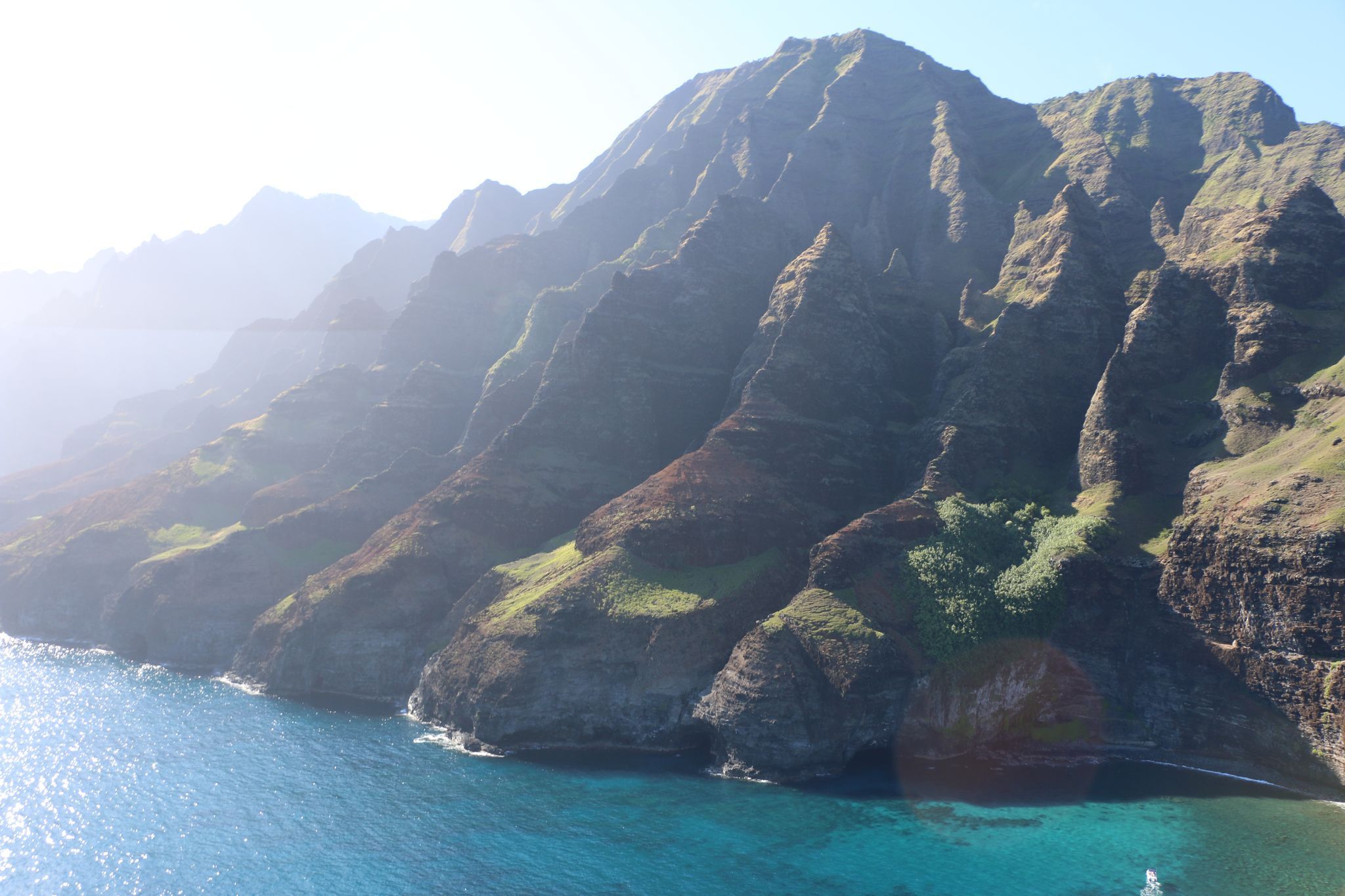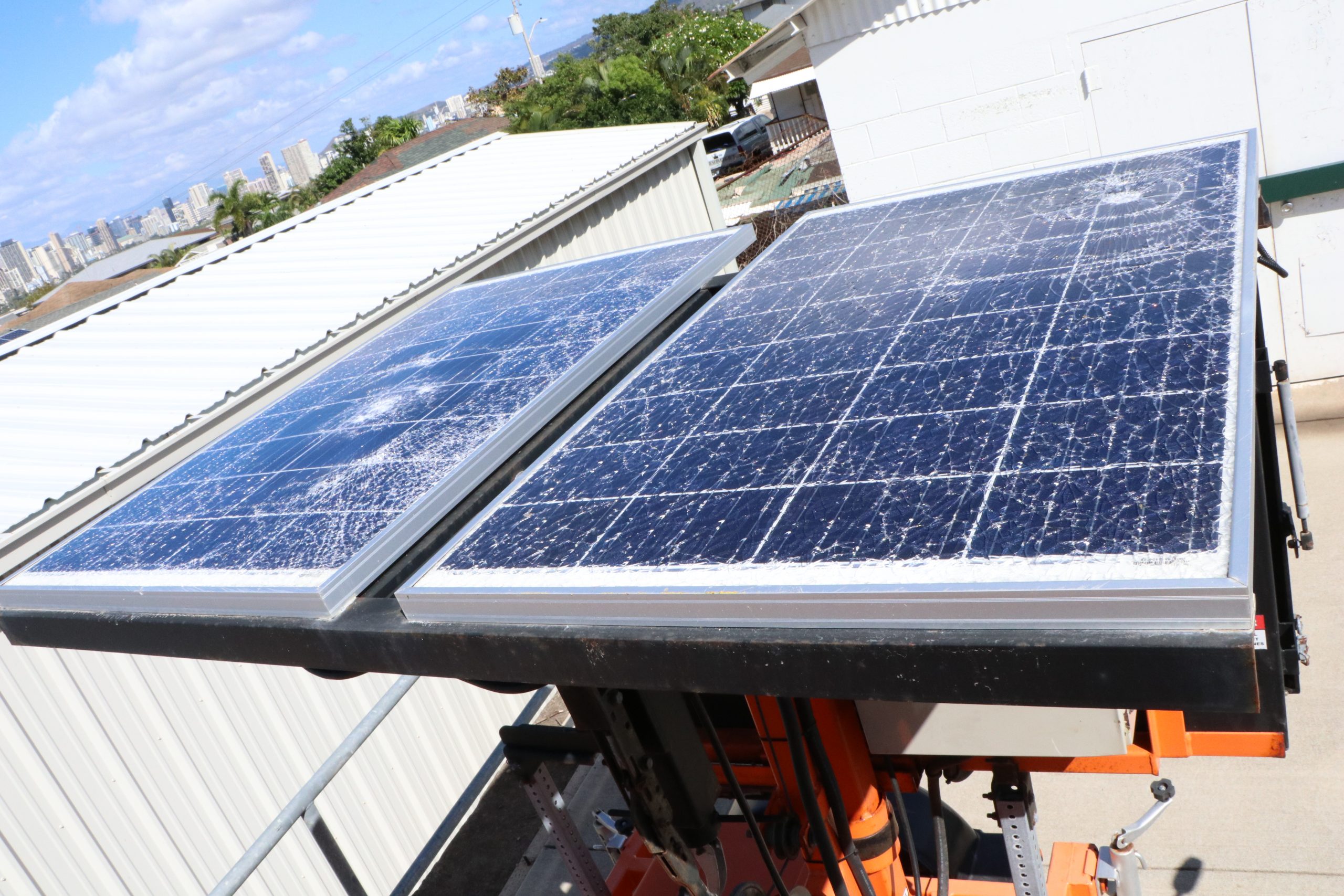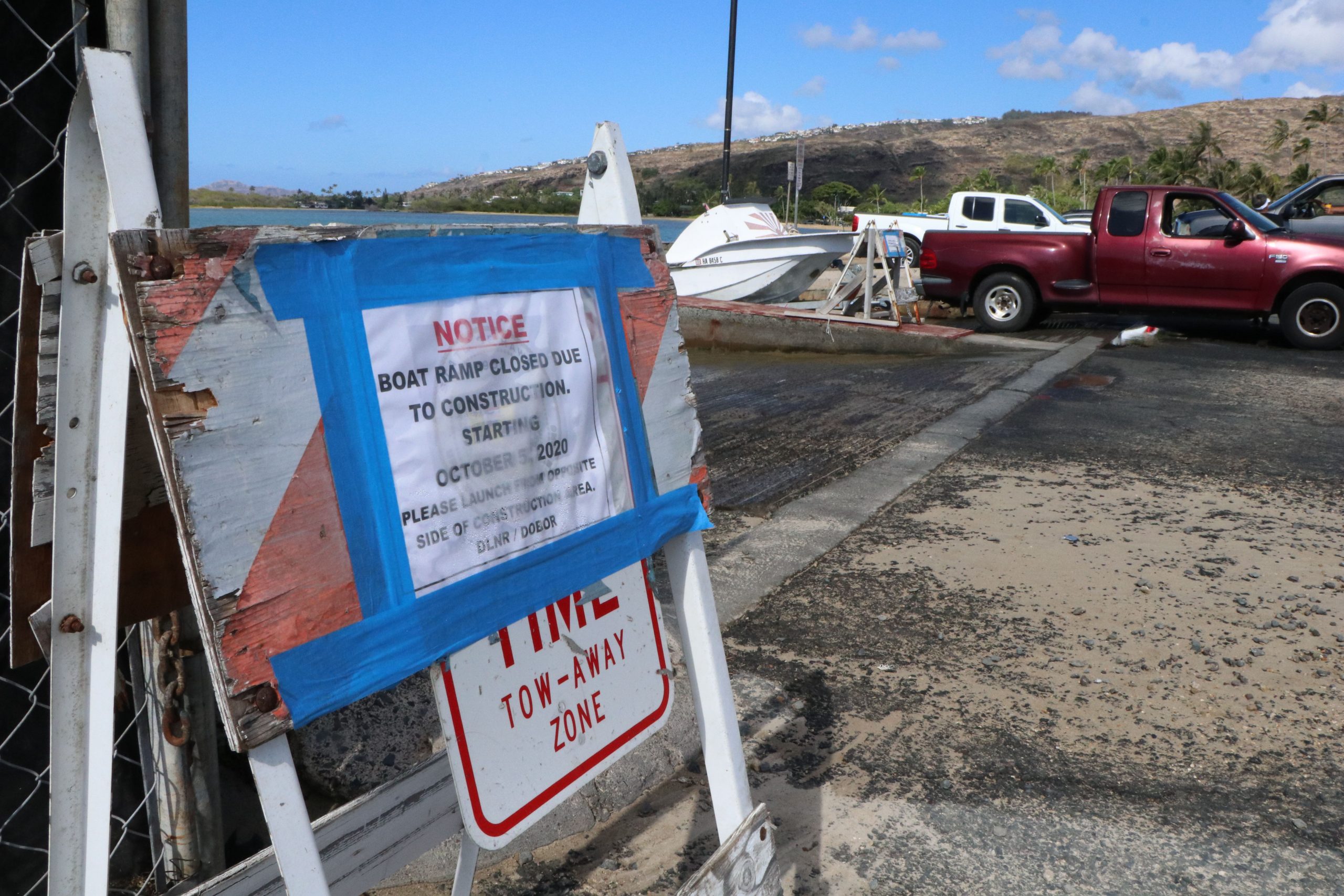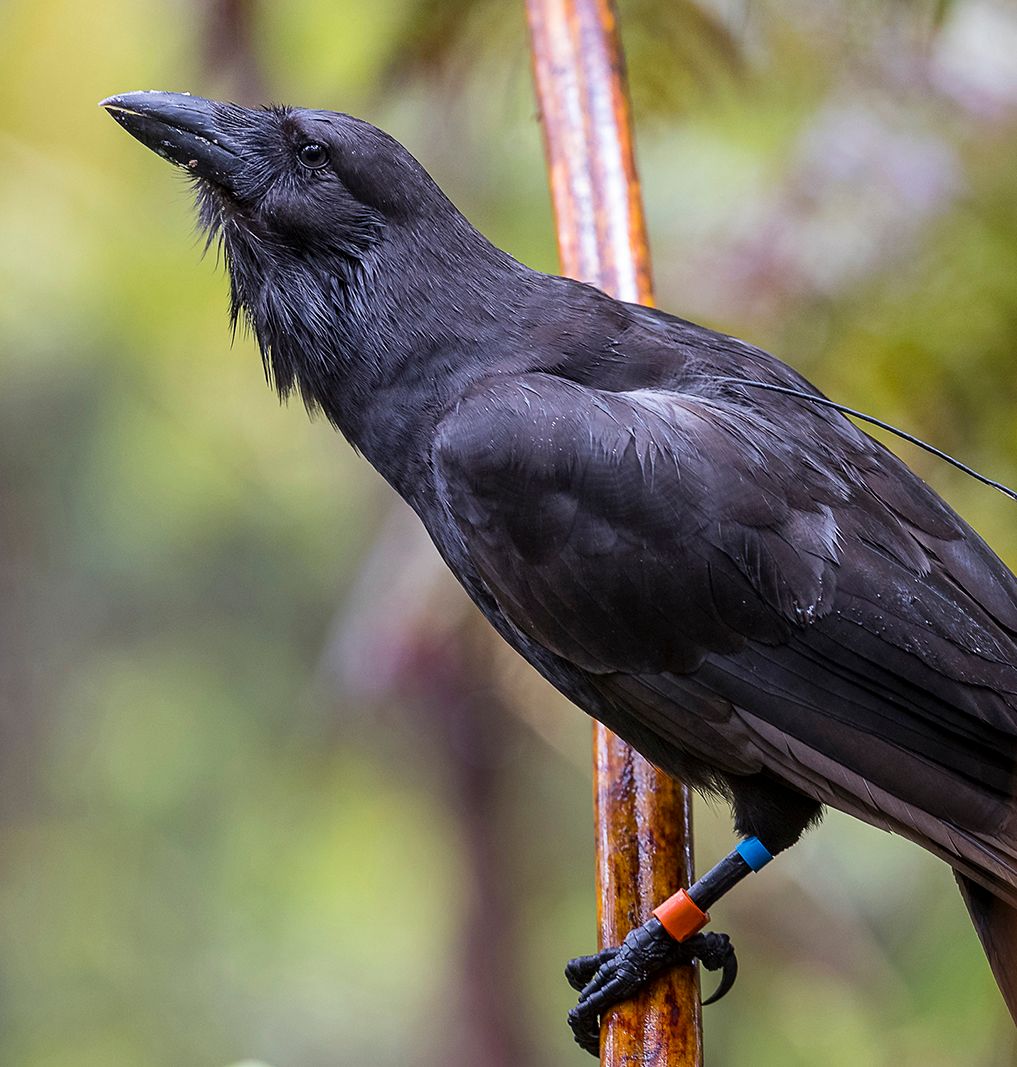(Kahului, Maui) – An anonymous donor is providing more than $1 million in funding to the Na Ala Hele Trails and Access Program on Maui. Most of the funding will support the planning, design, and construction of hiking trails in the recently acquired Kamehamenui Forest in upcountry Maui.
News Releases
(Honolulu) – In order to ensure timely completion of dredging work and maintenance of the Ala Wai Canal, Hawai‘i Harbors Constructors JV will be updating their work hours, beginning on October 16, 2020. Changing the working hours will allow the project to stay on schedule, as well as enhance productivity of dredging operations.
(LIHU‘E) –The DLNR Division of Forestry and Wildlife (DOFAW) will soon begin constructing a fence in the upper Honopu Valley. The purpose of this fence is to remove hooved animals that are damaging federally listed threatened and endangered plants and seabirds occurring in this forested area. The fence will contain step-through gates to allow public access into fenced areas. The attached map outlines the approximate location of the 250-acre fence. Construction will be ongoing due to weather and varying field conditions but is expected to begin in October 2020 and be completed by March 2021.
DEPARTMENT OF LAND AND NATURAL RESOURCES News Release DAVID Y. IGE GOVERNOR SUZANNE D. CASE CHAIRPERSON For Immediate News Release: October 9, 2020 RESTORATION BEGINS AT HANAUMA ...
Read More 10/9/20-RESTORATION BEGINS AT HANAUMA BAY WITH NURSERY GROWN CORAL
DEPARTMENT OF LAND AND NATURAL RESOURCES News Release DAVID Y. IGE GOVERNOR SUZANNE D. CASE CHAIRPERSON For Immediate News Release: October 7, 2020 NEW FEES GO INTO EFFECT ...
Read More 10/7/20-NEW FEES GO INTO EFFECT AT HAWAIʻI STATE PARKS ON FRIDAY
DEPARTMENT OF LAND AND NATURAL RESOURCES News Release DAVID Y. IGE GOVERNOR SUZANNE D. CASE CHAIRPERSON For Immediate News Release: October 6, 2020 THOUSANDS OF DOLLARS OF DAMAGE ...
Read More 10/6/20-THOUSANDS OF DOLLARS OF DAMAGE DONE TO SIGN AT KAIWI STATE SCENIC SHORELINE
DEPARTMENT OF LAND AND NATURAL RESOURCES News Release DAVID Y. IGE GOVERNOR SUZANNE D. CASE CHAIRPERSON For Immediate News Release: October 6, 2020 CONSTRUCTION BEGINS ON MAUNALUA BAY ...
Read More 10/6/20-CONSTRUCTION BEGINS ON MAUNALUA BAY BOAT LAUNCH
DEPARTMENT OF LAND AND NATURAL RESOURCES News Release DAVID Y. IGE GOVERNOR SUZANNE D. CASE CHAIRPERSON For Immediate News Release: October 5, 2020 ADAPTATION IS KEY TO OVERCOMING ...
Read More 10/5/20-ADAPTATION IS KEY TO OVERCOMING CHALLENGES FACED IN ‘ALALĀ RECOVERY PROGRAM
(HILO) – Over the last three months, officers with the DLNR Division of Conservation and Resources Enforcement (DOCARE) have investigated six suspected chemical poisonings of streams north of Hilo.
(Honolulu) -- The Commission on Water Resource Management (CWRM) will be holding public hearings online to solicit input on the update to the statewide Agricultural Water Use and Development Plan (AWUDP). Prepared by the Hawai’i Department of Agriculture, the AWUDP is a long-range management plan that assesses state and private agricultural water use, supply, and irrigation systems.
